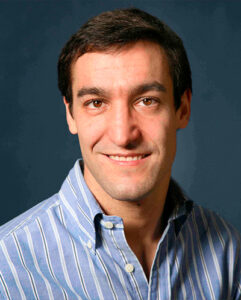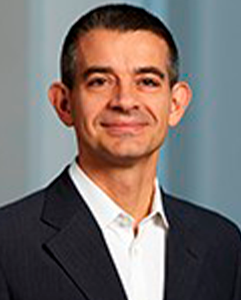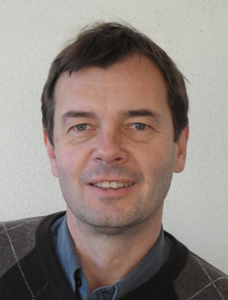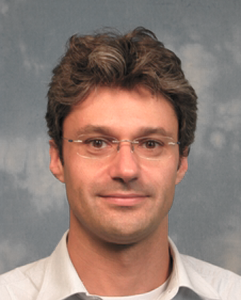Digital Twin Tool and Platforms aims to develop the digital technologies required to operate the tools developed under Modeling the Joint Management of Energy and Water and Socio-Economic and Environmental Aspects. It aims at incorporating, into a holistic way, climate change’s underlying drivers (e.g., energy use, water availability, mobility) from a detailed multi-sectoral data acquisition including critical urban infrastructures, such as energy, water, buildings and mobility, to create a multi-scale virtual or digital twin running on a large-scale IT infrastructure or datacenter. This digital twin will enable the analysis of data and monitoring of urban systems to head off problems before they even occur, prevent downtime, develop new opportunities and planning strategies for the future. Based on an in-depth exploration of co-design of IT infrastructure to execute efficiently advanced numerical models, and using real-time field data, this new digital twin technology can reveal complex patterns of optimization for highly complex urban systems.
This solution will valorise a large-scale computing infrastructure at the EPFL. This complete computing infrastructure at EPFL includes in the DC design 20k servers. The server and storage power consumption is within a total between 10 to 15 kW. This complete modeling infrastructure enables modeling and development of complex management schemes and power behaviors of large-scale computing infrastructures. Also, we include a complete three-layered tree network topology model of a ToR type, aggregation-layer switches. This framework has been used for the development of virtual twins of the digital infrastructure of Credit Suisse including more than 7000 servers in three distributed datacenters in Switzerland.
Tasks included are:
- Design a configurable digital twin framework to support the multi-scale models to scale in computational complexity, and consistent model updates and interoperability across scales.
- Develop a sustainability-oriented methodology for balancing data acquisition with consumed energy on edge AI sensors to update the state of the virtual twin.
- Implement learning approaches for a single or multiple IT infrastructure locations to develop edge-to-cloud solutions for model order reduction and digital twin updates.
- Develop and implement tailored learning techniques that simultaneously preserve performance and privacy.
- Develop approaches that will protect the integrity of edge sensing, and the integrity and confidentiality of raw data and computation in the cloud.
- Design and develop smart IoT sensing and edge computing technologies optimized for cost and energy efficiency









